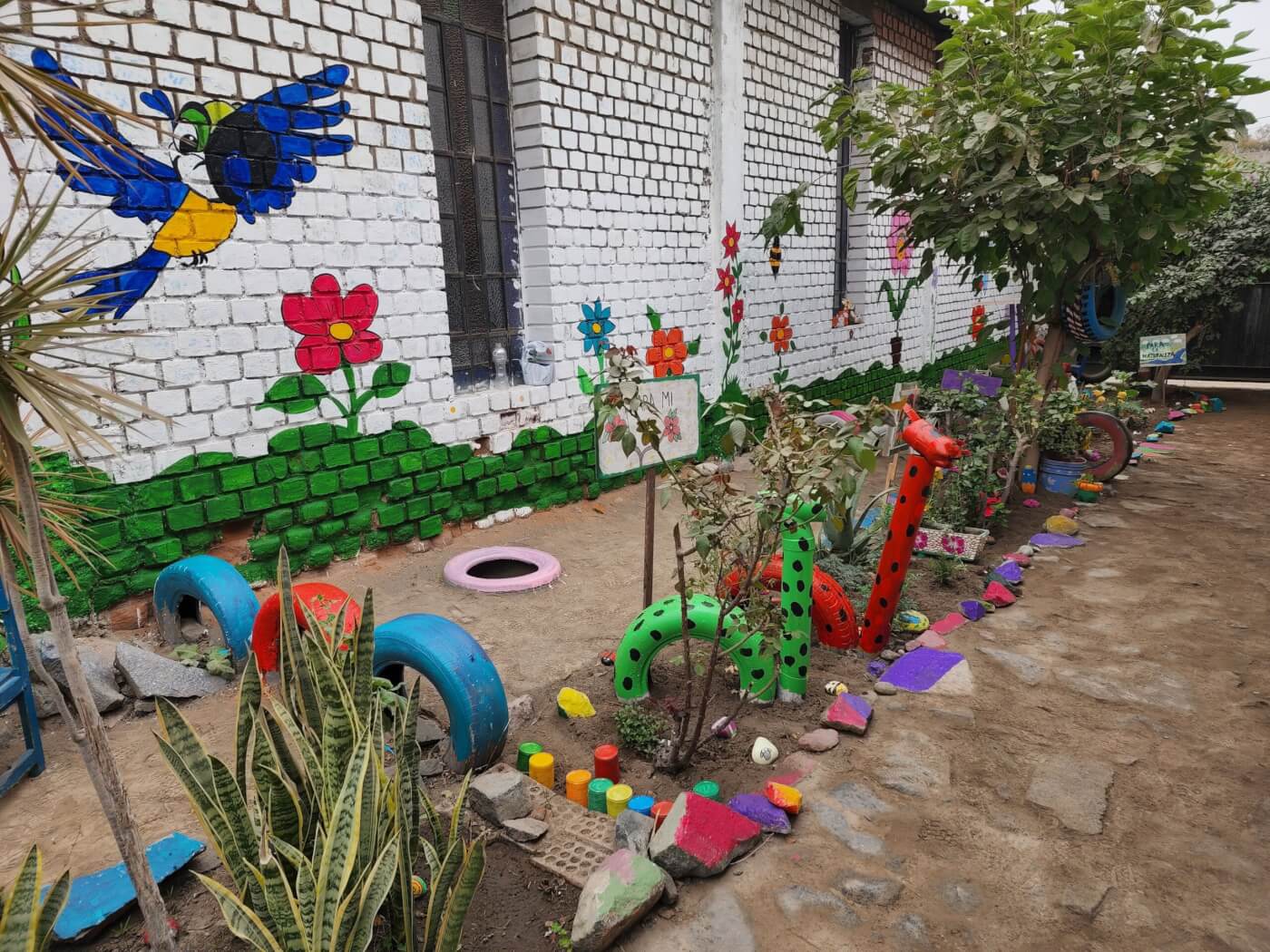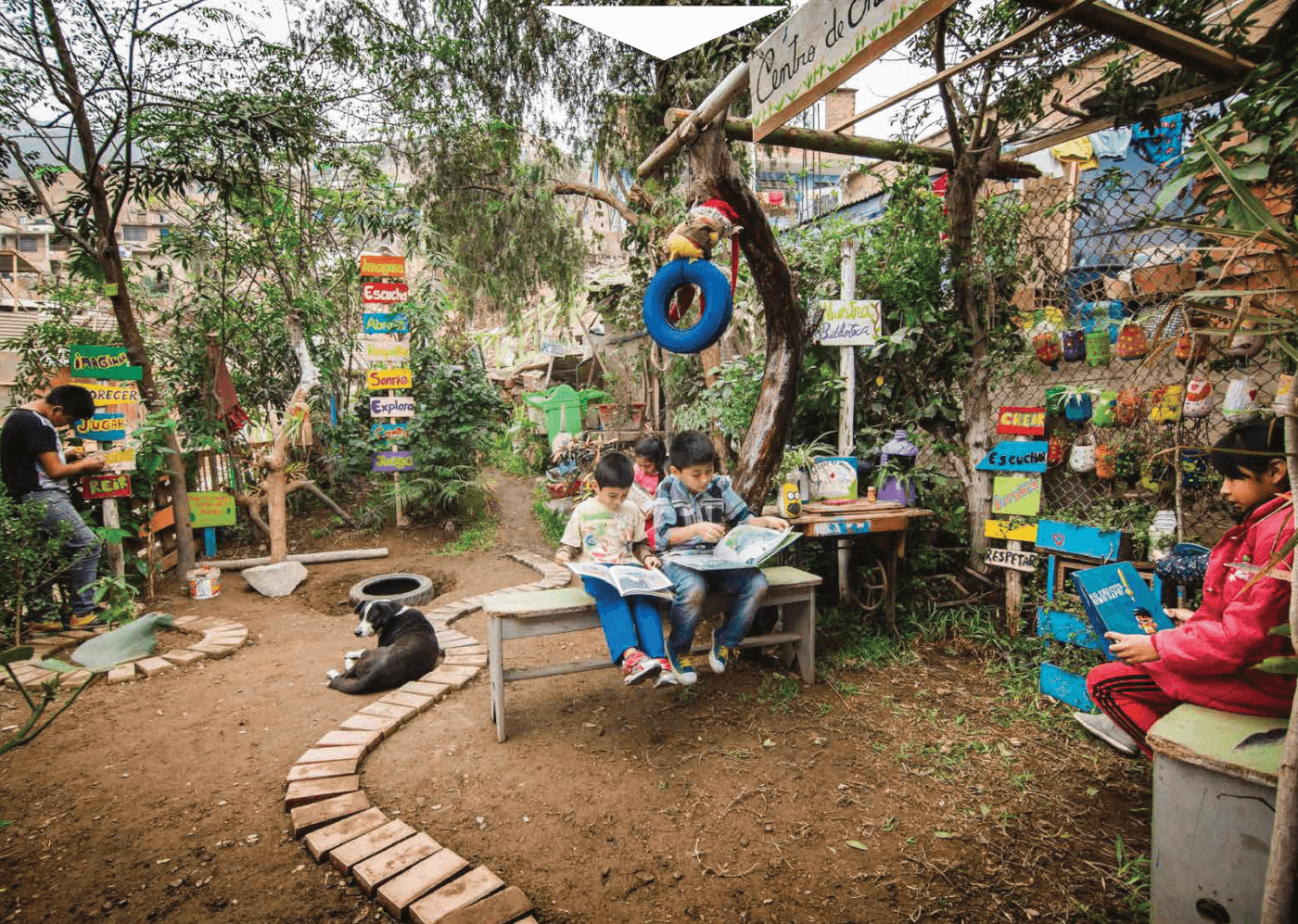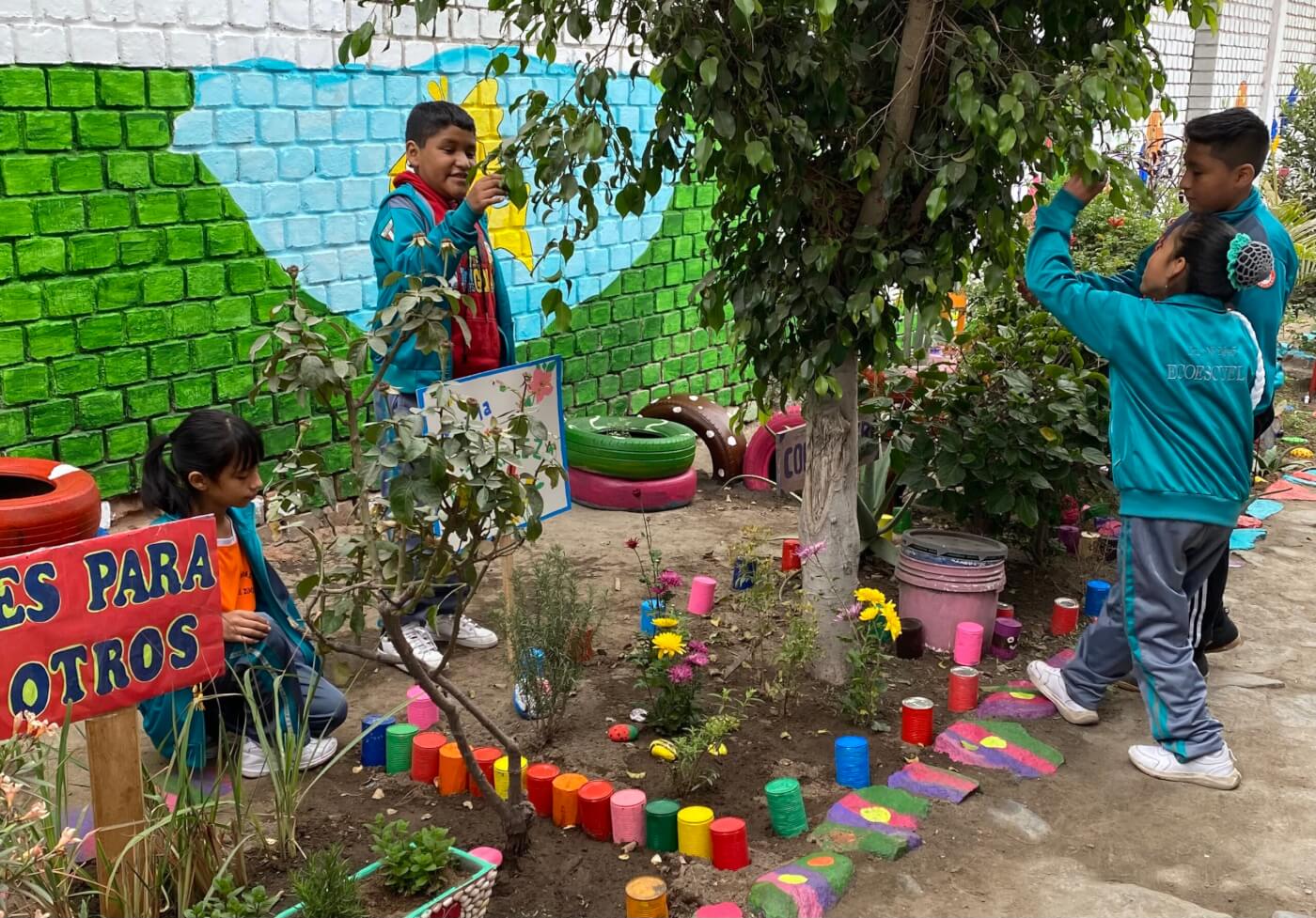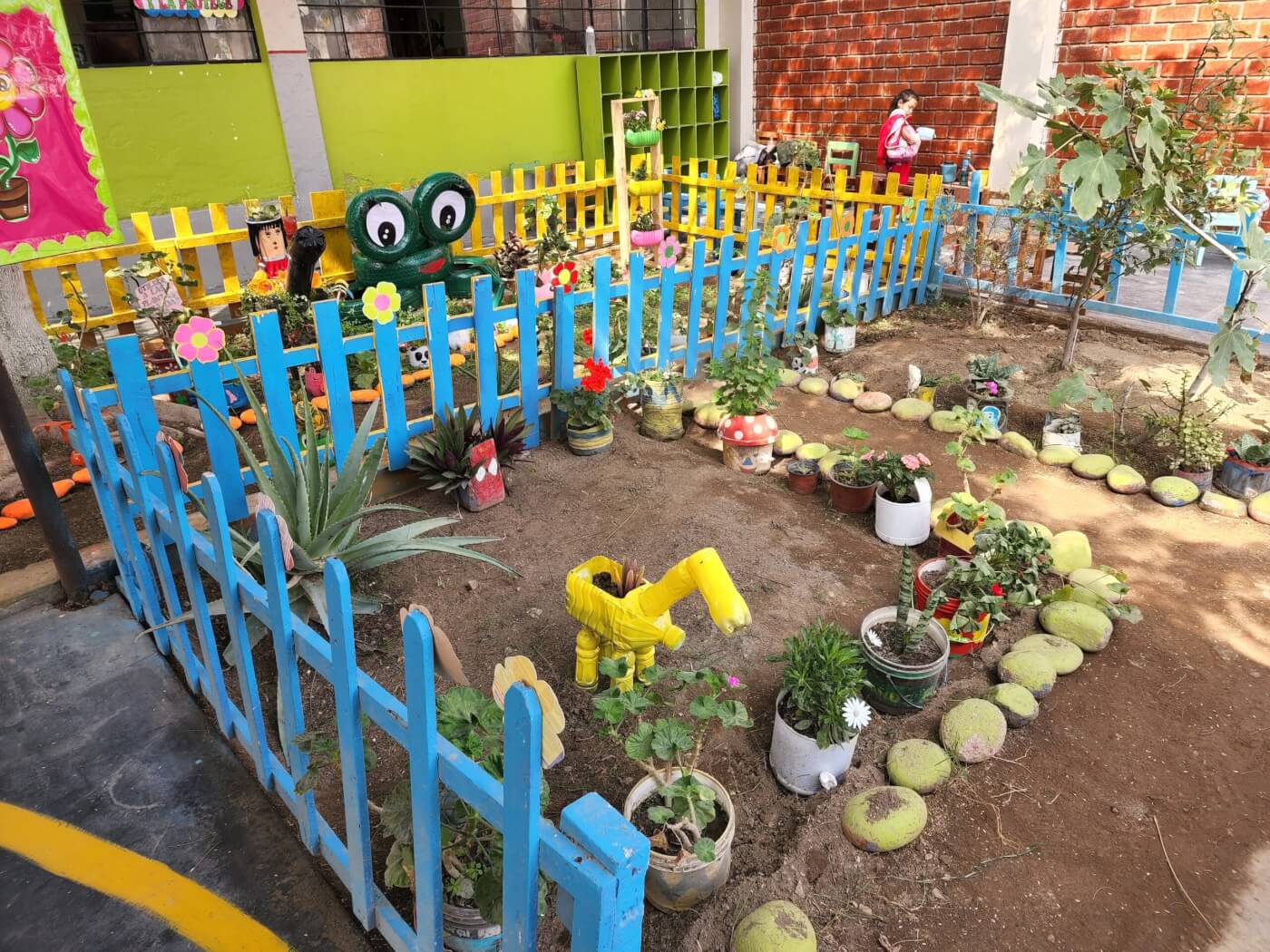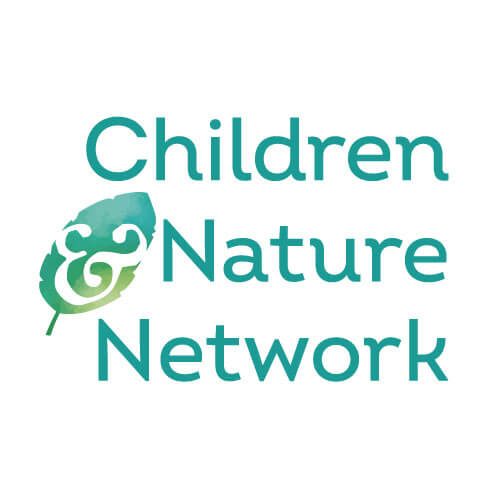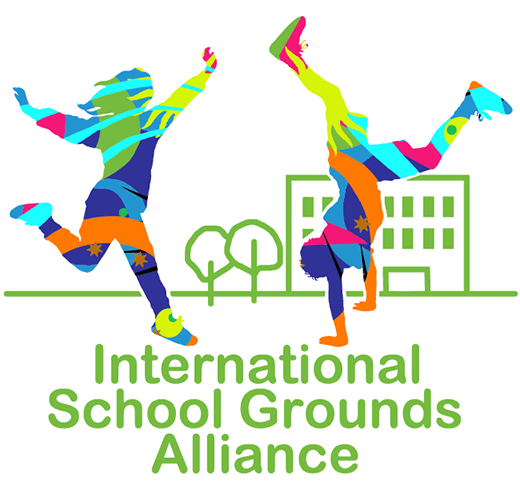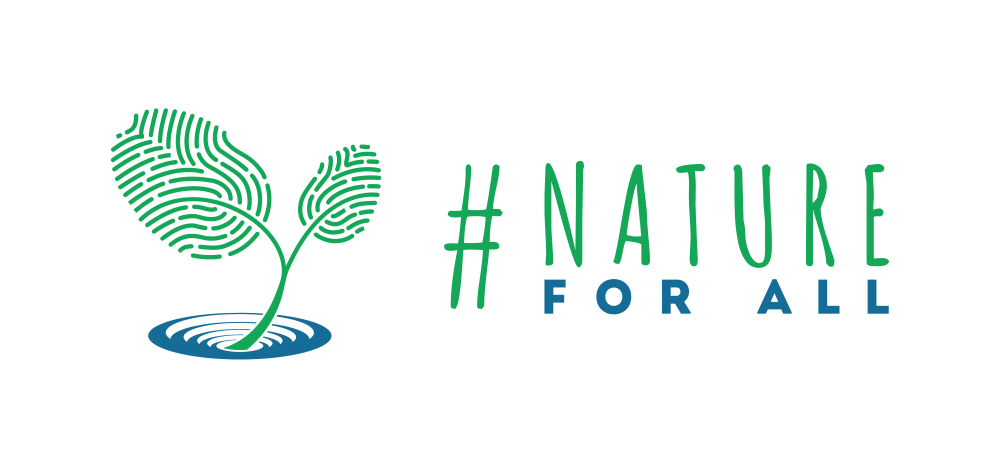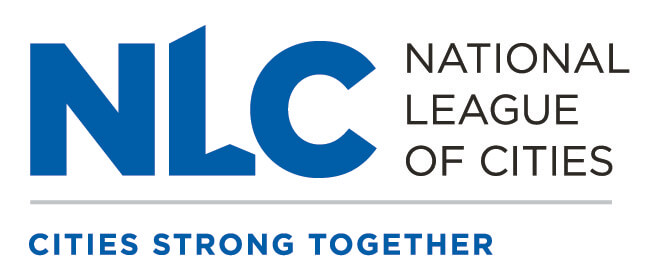Global Lessons on Greening School Grounds and Outdoor Learning
Perú | Asociación para la Niñez y su Ambiente (ANIA)
A key initiative of Asociación para la Niñez y su Ambiente (ANIA) is the development of Tierra de Niños (TiNis), or Children’s Lands — a methodology that connects children and youngsters with Mother Earth and empowers them as agents of change for sustainable development. TiNis are child-led, nature-filled spaces where children learn to nurture life and biodiversity by planting and caring for gardens and outdoor spaces that support multiple benefits, including learning, wellness, and play. The main objective is to raise a generation with a sense of purpose and willingness to restore and protect life and create sustainable well-being in society. TiNis can be implemented almost anywhere: in urban and rural areas, by diverse cultures, at home, school, neighborhood, or protected natural areas, supporting children’s social and emotional learning and providing opportunities for interactions with others.
Find more global case studies.
“Every child should have a little garden, a little place where they can love Mother Earth, and be loved by Mother Earth,” says Joaquín Leguía, founder of ANIA. “TiNis enhance the well-being of children, their communities and the planet,” says Leguía. “Children begin to see Mother Earth as a teacher and an ally.”
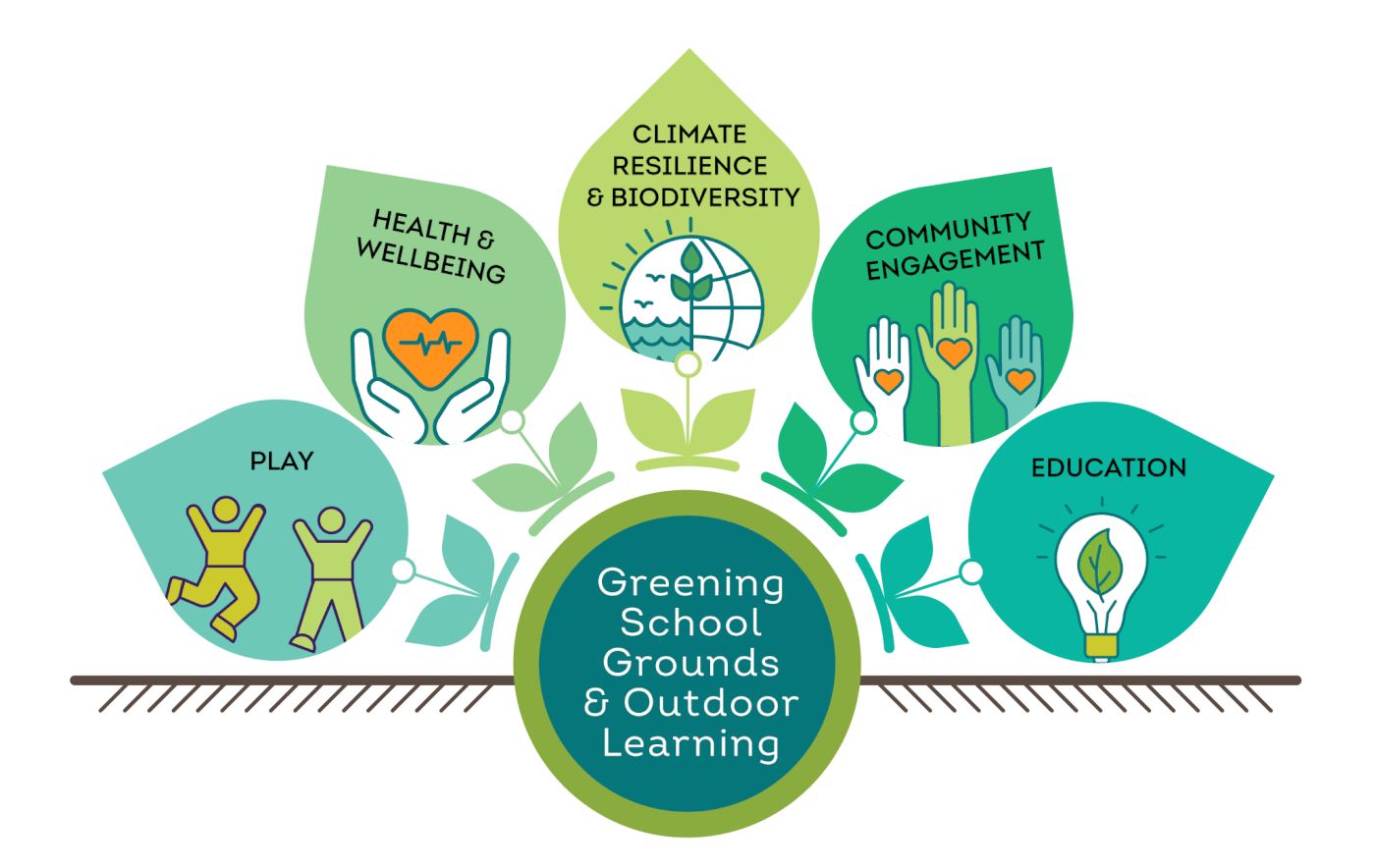
Key Aspects of the Case Study
- Replicable. The TiNi approach can be implemented anywhere. Any place, school or neighborhood, big or small, city or desert or jungle, could house a TiNi.
- Child-led. Because TiNis are designed and managed by children, they create opportunities for children’s learning and growth from the very start.
- Sustainable. TiNis are decorated with found items that are often destined for the landfill — colorful painted tires, cans and bottles — making them both cost-efficient and earth-friendly!
- Educational. The holistic mindset underpinning TiNis encourages children to respect Mother Earth as a teacher and treat natural resources with care.
Chincha Primary School director Maria Soledad Ochoa Pochas says, “When [the children] come out here, their brains are engaged. You can see the impact on their learning. Their minds become playful, and full of questions. They get involved in caring about the environment. It’s wonderful.”
UNESCO recognizes the Children’s Lands methodology as a best practice in education for sustainable development. The methodology has expanded in schools across Perú with the support of the Peruvian Ministry of Education and has been adopted by at least ten nations ranging from Colombia to Canada to Japan.


